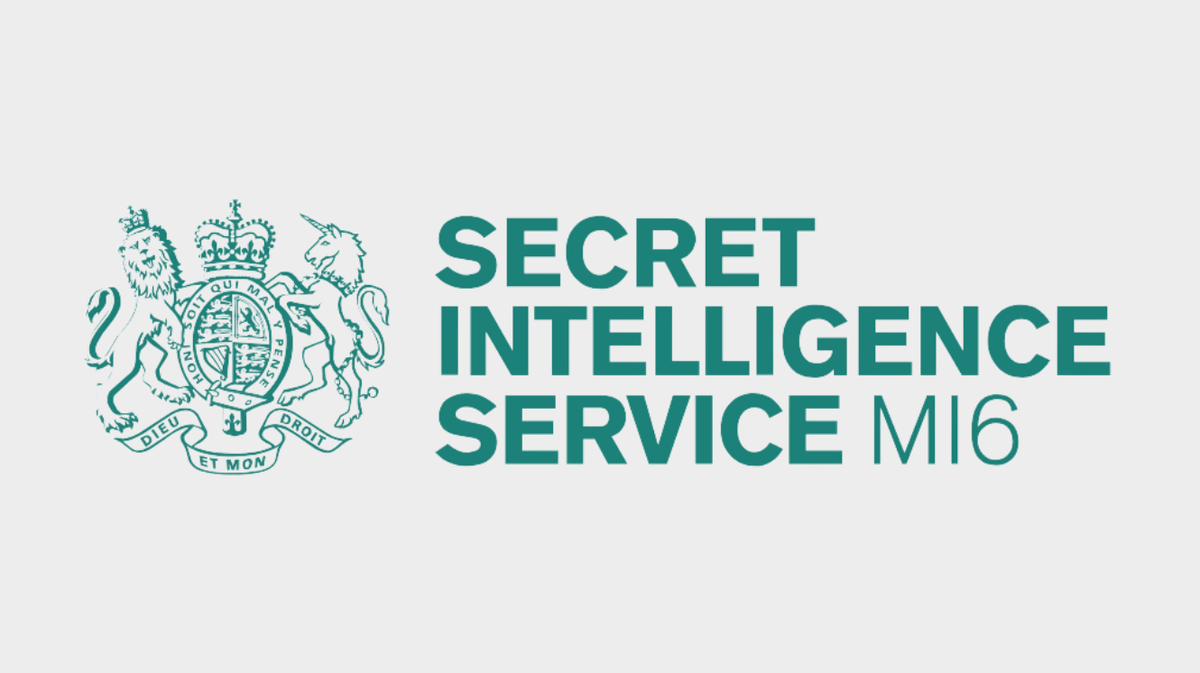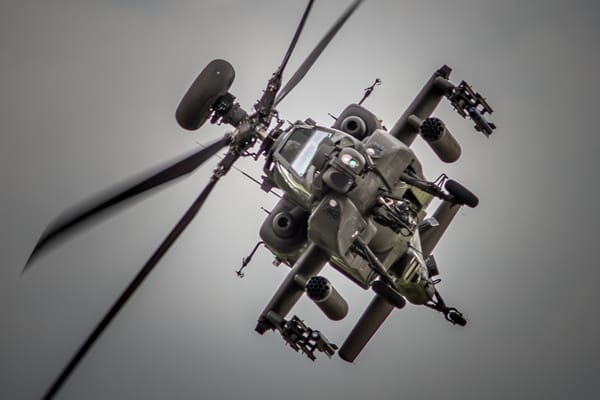🇬🇧 Secret Intelligence Service (MI6)

The Secret Intelligence Service, more commonly known as MI6, is the United Kingdom’s foremost foreign intelligence agency. Tasked with gathering and analyzing information from overseas, MI6 plays a vital role in safeguarding the nation’s security and advancing its strategic interests abroad. Its primary mission is to provide the British government with timely, accurate, and actionable intelligence to help shape foreign policy decisions, counter international terrorism, and neutralize espionage and other covert threats.
Operating under a veil of secrecy, MI6 employs a combination of human intelligence (HUMINT), technical collection methods, and modern cyber capabilities to monitor global developments that might affect national security. From tracking the movements of terrorist networks to deciphering the strategic intentions of rival states, MI6 remains an essential instrument in the United Kingdom’s intelligence apparatus. The agency is also a key member of the international intelligence community, collaborating closely with allies through networks such as the “Five Eyes” partnership, which includes the United States, Canada, Australia, and New Zealand.
Despite its glamorous portrayal in popular culture, the day-to-day work of MI6 is largely shrouded in confidentiality. Its operatives work discreetly behind the scenes, often in environments of extreme danger and political instability, to ensure that critical information reaches policymakers before potential threats can fully materialize. In today’s rapidly changing world—with new challenges emerging in cyberspace and from non-state actors—MI6 is continuously adapting, refining its methods, and investing in cutting-edge technology to maintain its edge. This dynamic intelligence agency remains committed to protecting British interests while upholding democratic values and the rule of law, a balance that is as challenging as it is indispensable.
History
The history of MI6 is a story of transformation, innovation, and resilience—a journey that reflects the evolution of international relations and global security challenges over more than a century.
Founding and Early Years (1909–1940)
MI6’s origins date back to 1909 with the establishment of the Secret Service Bureau, a pioneering effort to create a centralized intelligence service. Initially, the bureau was divided into sections handling domestic and foreign intelligence. MI6, as the foreign intelligence branch, was entrusted with collecting information about activities beyond Britain’s borders, particularly in an era marked by imperial rivalries and the precursors to global conflict. In its early years, MI6 focused on intercepting signals and cultivating sources in Europe, gradually evolving from a rudimentary organization into a more structured agency with dedicated espionage networks.
World War II and the Expansion of Espionage (1940–1945)
The outbreak of World War II dramatically increased the importance and scope of MI6’s operations. As global conflict engulfed Europe and beyond, MI6 expanded its network of agents, establishing covert operations in enemy territory and providing essential intelligence that contributed to the Allied war effort. During this period, the agency undertook daring operations, such as recruiting double agents and orchestrating sabotage behind enemy lines. The experiences and lessons learned during the war set the stage for a modernized intelligence service that would continue to evolve in the face of new geopolitical realities.
The Cold War Era (1945–1991)
In the aftermath of World War II, the geopolitical landscape shifted dramatically, ushering in the era of the Cold War. MI6 found itself at the frontline of a covert battle against the Soviet Union and its allies. The agency’s focus shifted toward countering communist expansion and penetrating the tightly controlled societies behind the Iron Curtain. This era saw the development of sophisticated espionage techniques, including the use of elaborate cover identities, secret communications, and high-risk clandestine operations. MI6 not only gathered intelligence on military capabilities and political developments in Eastern Europe but also played a crucial role in preventing Soviet infiltration of Western institutions.
Post-Cold War and the Digital Revolution (1991–Present)
The dissolution of the Soviet Union in 1991 brought about a fundamental shift in the global security environment. MI6 had to reinvent itself in a world where traditional state adversaries were gradually replaced by new challenges such as international terrorism, cyber warfare, and the rise of non-state actors. The agency underwent significant modernization, integrating advanced digital technologies and cyber capabilities into its operational framework. MI6 began to focus on emerging threats in the Middle East, the Balkans, and beyond while also adapting to the rapid pace of technological change. This period also marked an increased emphasis on intelligence-sharing with international partners and a more collaborative approach to global security, ensuring that MI6 remained relevant in an ever-changing world.
Outlook
Looking ahead to the next 5–10 years, MI6 is poised to confront an array of evolving challenges and opportunities, shaped by rapid technological advances and shifting geopolitical dynamics.
Adapting to the Digital Age
One of the most pressing challenges for MI6 is the relentless march of technology. As cyber threats become more sophisticated, the agency must invest in advanced cyber intelligence and digital surveillance tools. The integration of artificial intelligence (AI), machine learning, and big data analytics into intelligence operations will be essential for processing vast amounts of information quickly and accurately. These technologies promise to enhance the agency’s ability to detect patterns, anticipate threats, and respond in real time. However, the digital realm also brings new vulnerabilities, and MI6 will need to constantly update its security protocols to guard against cyber intrusions and information leaks.
Navigating a Multipolar World
The global geopolitical landscape is increasingly characterized by multipolarity, with power no longer concentrated in a single superpower. Emerging national and regional powers are reshaping international alliances and security priorities. In this environment, MI6 will likely broaden its focus beyond traditional adversaries to include a wider spectrum of threats. Monitoring the strategic moves of rising powers, understanding regional conflicts, and engaging in diplomatic intelligence will be critical areas of emphasis. The agency will need to forge new partnerships and reinforce existing alliances to ensure that it can effectively counterbalance the risks posed by a more fragmented global order.
Countering Hybrid and Asymmetric Threats
Modern threats rarely conform to traditional categories of warfare. Adversaries now deploy a blend of conventional military tactics, cyber operations, economic coercion, and disinformation campaigns—a phenomenon known as hybrid warfare. MI6 will have to evolve its methodologies to address these multifaceted challenges. This may involve greater integration of human intelligence with digital tools and a more agile operational structure capable of rapid response. Balancing covert operations with the demands of transparency and accountability in a democratic society will remain an ongoing challenge.
Ensuring Accountability and Ethical Oversight
In an era where public scrutiny and calls for greater accountability are intensifying, MI6 faces the delicate task of maintaining secrecy while adhering to democratic principles. Future reforms may demand increased oversight from parliamentary committees and more robust internal review processes. These measures, while essential for upholding public trust, will also require the agency to navigate the fine line between operational security and transparency.
Building Global Partnerships
In a world where intelligence is increasingly a collaborative effort, MI6 is expected to deepen its ties with international intelligence agencies. Strengthening the existing “Five Eyes” alliance and forging new partnerships with emerging global players will be crucial for sharing insights and coordinating efforts against transnational threats. Such collaboration not only enhances the collective security of allied nations but also ensures that MI6 remains at the cutting edge of intelligence methodologies.
In conclusion, MI6 has a storied history marked by constant evolution—from its early days as a fledgling espionage unit to its current role as a sophisticated, technology-driven intelligence service. As it looks to the future, MI6 is set to navigate a complex landscape defined by digital innovation, multipolar geopolitics, and hybrid threats. By embracing new technologies, strengthening international alliances, and balancing the demands of secrecy with accountability, MI6 will continue to be a cornerstone of Britain’s national security strategy in the years to come.





